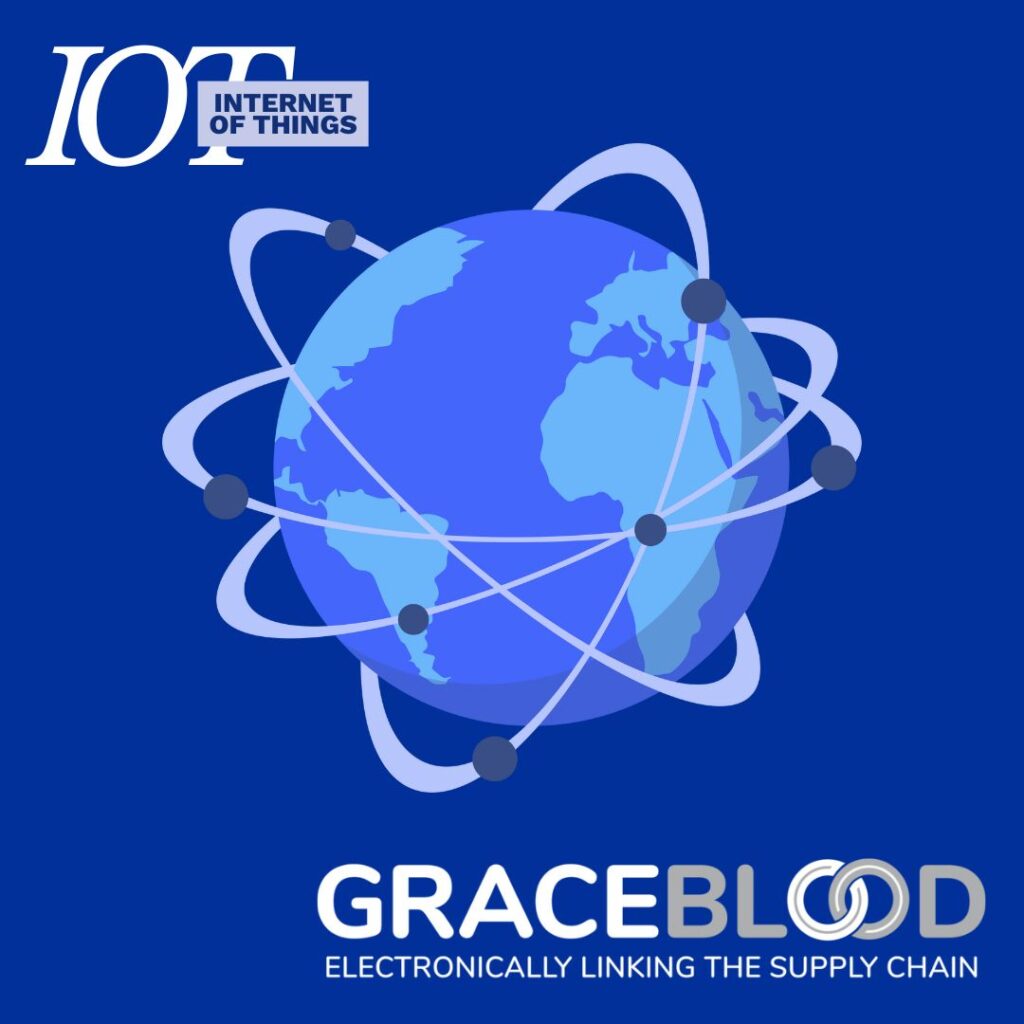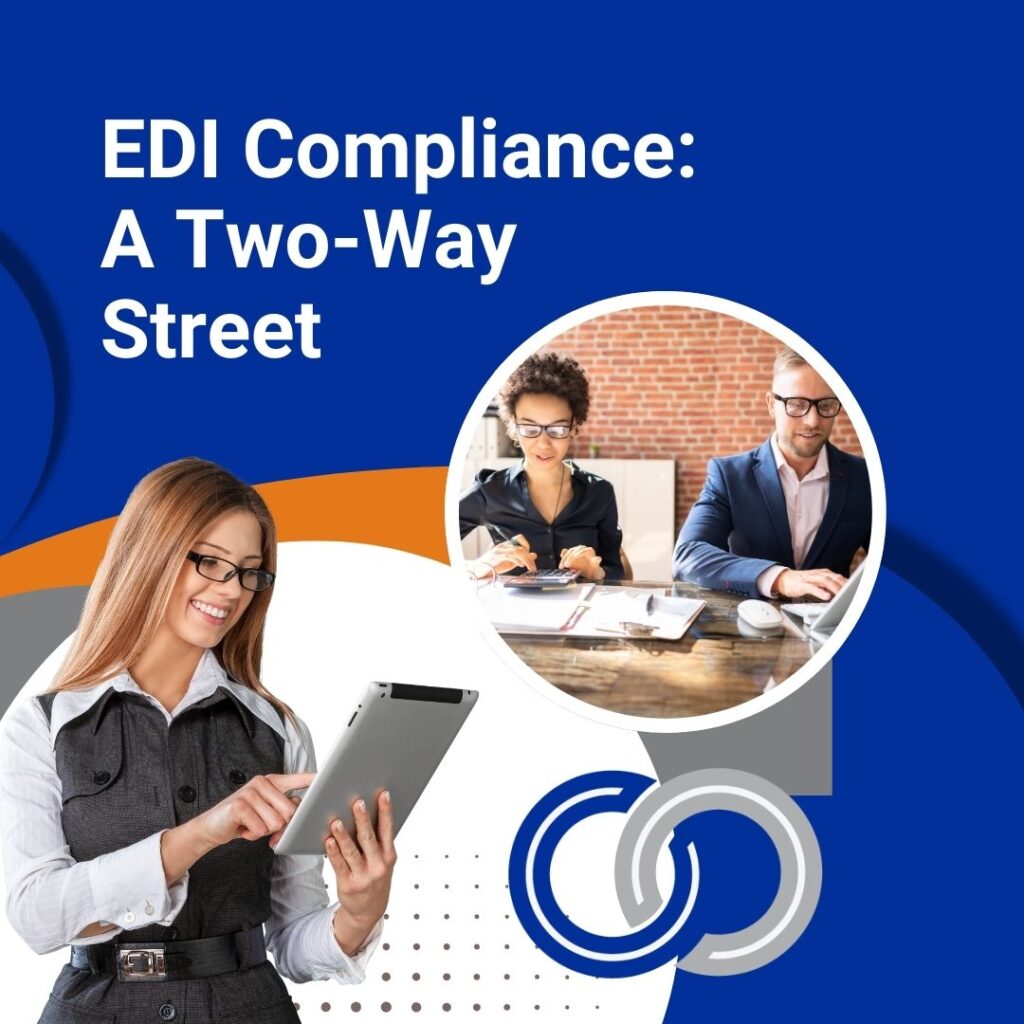 There are few things more exciting or rewarding than winning new business—after months of building relationships with potential retail customers, drafting contracts, and negotiating terms, you’ve finally sealed the deal on a partnership that will enrich and grow both your companies. But the real hard work is yet to come—when you and your new business partner begin the EDI onboarding process.
There are few things more exciting or rewarding than winning new business—after months of building relationships with potential retail customers, drafting contracts, and negotiating terms, you’ve finally sealed the deal on a partnership that will enrich and grow both your companies. But the real hard work is yet to come—when you and your new business partner begin the EDI onboarding process.
What is EDI onboarding?
EDI onboarding is the process by which an organization moves a supplier or a customer from a manual order entry and fulfillment process to EDI, ideally an automated order entry and fulfillment process. A swift EDI onboarding process for you and your new business partner is critical—the sooner you complete the onboarding process, the sooner you can fulfill orders and collect payments and take both of your businesses to greater heights of success.
Unfortunately, EDI onboarding is frequently a long, headache-inducing process, taking weeks or even months for smaller businesses and up to half a year for larger businesses! A lot of business leaders have come to see long supplier onboarding times as normal, but it doesn’t have to be this way.
How long does EDI onboarding take?
In terms of excitement, starting a partnership with a retail customer is the business equivalent of getting the latest smartphone, computer peripheral, or video game console. The last thing you want is to wade through a long, tedious setup process before you can start having fun.
The same holds true when onboarding new retail customers — for you and your new partner! The last thing you want is for your business relationship to start off with a slow, rocky onboarding process when both of you would rather get right to the point where your businesses start making the magic happen.
And yet for over 70% of B2B companies, the EDI onboarding process takes anywhere from a week to several months, depending on the size of your company! This leads to months of waiting to receive orders and months of lost sales.
That’s not the great relationship you and your new business partners imagined, is it?
But supplier onboarding doesn’t have to take this long. There is a better way — a way to shrink your EDI onboarding timeline. With a streamlined, effective supplier onboarding process, even a large company can reduce its onboarding time from half a year to under a month!
Why does EDI onboarding take so long?
Before we get into how you can make the EDI onboarding process shorter, let’s look into why it seems to take so long to onboard new suppliers and vendors in the first place.
Supplier onboarding can be a fiendishly difficult process, involving a potentially lengthy process of gathering requirements, mapping inbound and outbound EDI transactions, testing, troubleshooting, and more before the onboarding process is complete.
Some of the factors that make supplier onboarding so challenging and time-consuming include:
-
Lack of control over the onboarding process
For example, a supplier may be locked into a contract with an EDI provider that is constantly understaffed, or worse, staffed primarily with inexperienced resources.
-
Lack of data flexibility
A supplier’s integration platform might not be flexible enough to make data exchange as efficient as required.
-
Lack of visibility
A supplier’s EDI provider may operate in a vacuum and not in collaboration with the supplier, leaving the supplier to have just-in-time requests constantly hurled at them.
-
Lack of EDI experience
A significant number of new trading partners may not have utilized EDI in their business before, and need to be educated on how EDI processes may impact other business processes.
-
Difficulty wrangling unique EDI requirements
Trading partners come with their own EDI standards and requirements, and harmonizing their standards with yours can present significant logistical challenges, slowing down the onboarding process.
Some of these challenges stem from retail customers outsourcing supplier onboarding and management to inflexible EDI providers, while others are due to either the supplier’s or the retail customer’s processes, integration tools, or staff not being up to snuff to deliver a rapid resolution to the laundry list of tasks required for successful EDI onboarding.
These challenges, of course, scale with the size of your business and your new trading partner’s business, since larger companies naturally deal with increased complexity of their organizational structure.
This isn’t to say that outsourcing supplier onboarding tasks and an EDI solution is always bad (see our previous blog: “Does EDI Outsourcing Really Save Money?”), but rather that it depends on who you outsource to (see our previous blog: “Hidden VS. Obvious Costs of Subpar EDI Providers”). It also doesn’t mean that having supplier onboarding solutions in-house is a bad thing, either.
Steps in the EDI Onboarding Process
Winging it when onboarding new trading partners is not going cut it. Having a clear process that is followed each time you onboard a new partner is critical not only to ensure success, but to also create an audit trail when things go awry.
-
Initial Assessment and Planning
-
-
- Evaluating business needs and technical requirements. For example, does your company have different divisions with different item numbers?
- Identifying necessary EDI transactions and documents. For example, can your company support the all of the transactions your partners require?
-
-
Mapping and Configuration
-
-
- Setting up EDI transaction sets according to business requirements. Sometimes, ERP software cannot consume an order change request. In that case, someone will need to take ownership of a human readable email notification.
- Configuring EDI software and systems for data exchange. Can your company support both SFTP and AS2? One or both may be required.
-
-
Testing and Validation
-
-
- Importance of testing EDI transactions before going live. Will you be able to complete testing within the allotted window?
- Types of tests conducted (e.g., connectivity testing, data integrity testing). Connectivity testing is often a simpler process, especially when map testing requires several scenarios.
-
-
Go-Live and Support
-
- Final steps before moving to production. Ensure that everyone has agreed to the go-live date.
- Ongoing support and maintenance for EDI systems. Go-live is never set it and forget – monitoring is important.
How to Fast Track the Onboarding Process
-
Pre-Assessment and Planning
-
-
- Conducting a thorough pre-assessment to identify potential issues early. Do you have all specs and vendor guides?
- Creating a detailed onboarding plan with clear timelines and milestones. Who owns what? Be sure to keep track of all stakeholders and what their roles are.
-
-
Automating Key Processes
-
-
- Utilizing automation tools to speed up repetitive tasks in onboarding. A robust project management system is crucial for identifying manual processes that can automated.
- GraceBlood’s huge repository of vendor guides and EDI specifications can help streamline the information gathering process.
-
-
Leveraging a Dedicated EDI Team
-
-
- Having a specialized team to handle EDI onboarding processes. Our GADGET methodology ensures that the right consultants are assigned to your project.
- The GraceBlood team has 300+ years of collective experience. If there’s a solution, we have probably already found it.
-
-
Utilizing Pre-Made EDI Templates
-
-
- Standardized templates reduce the setup time for new partners and ensure that all necessary information is in one place.
- Templates ensure consistency and compliance with EDI standards, as well as provide a single source of truth for things like EDI IDs and AS2 IDs.
- GraceBlood’s proprietary EDI template is used for each onboarding project and saved in our repository with controlled access for the development and support teams.
-
-
Developing a Vendor Onboarding Checklist
-
- Having a well-designed onboarding checklist in place helps you quickly onboard trading partners. For example, a vendor onboarding checklist may look something like this:
- Conduct an evaluation and risk assessment for your new retail customers, such as by reviewing their service records and their history of compliance with relevant regulations and governance in your industry.
- Gather information about your products and clarify expectations and requirements for both parties, such as an agreed-upon order process and specifications.
- Develop a system to easily and quickly gather necessary onboarding data and share it with all involved stakeholders.
- Share all vendor compliance information internally with relevant departments in your organization, such as accounts payable, accounts receivable, inventory management, and warehousing.
- Ensure a transparent process to share relevant information with your new retail customer.
- Develop separate onboarding processes and cross-functional committees for especially important strategic retail customers.
- Build a culture of communication, internally and externally.
- Having a well-designed onboarding checklist in place helps you quickly onboard trading partners. For example, a vendor onboarding checklist may look something like this:
Best Practices for Successful EDI Onboarding
Now that we’ve taken a look at some of the root causes of slow partner onboarding processes, it’s time to look at what your business can do to super-charge supplier onboarding.
Every company’s situation is different, from its size to its structure to its in-house or outsourced platforms, and that means every solution to fast-track EDI onboarding should look different as well.
Some of the ways your company can slash EDI onboarding time are techniques and platforms your organization can rely on in-house. Other ways are by finding an EDI provider whose onboarding services suit your business’s unique needs.
For example, automation platforms can help your business take control of its onboarding process and slash EDI onboarding time. Business process automation tools enable your workforce to quickly and efficiently process data for EDI onboarding without the need for human input, cutting through tedious and time-intensive work.
An EDI service provider can help you with fast EDI onboarding by handling the more complicated and time-consuming tasks so your workforce doesn’t have to and freeing up your IT department’s time and resources, saving you time and money in the long run.
Outsourcing to EDI professionals also works to refine and develop your own onboarding guidelines, as well as putting your retail customer’s EDI issues, such as a lack of flexibility or complicated EDI standards, in the hands of dedicated experts while your company focuses on higher-priority tasks. The right EDI provider can take care of supplier compliance management without breaking a sweat!
The most important thing to keep in mind when searching for the right outsourced supplier onboarding solution is flexibility. Many potential EDI partners end up boxing their clients into one-size-fits-all solutions that in fact don’t “fit all,” leading to some of the supplier onboarding challenges described above.
Simplify EDI Onboarding with GraceBlood
At GraceBlood, our focus is on providing tailor-made solutions to maximize the impact of your EDI investments, taking the difficult work off your plate with EDI onboarding solutions that grow with your business and result in faster ROI. We save you money and time to super-charge EDI partner onboarding with simple, seamless, effective solutions made just for you. Speak to an EDI expert to fast track your onboarding!







